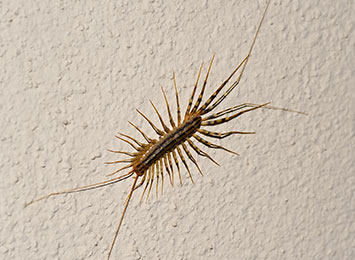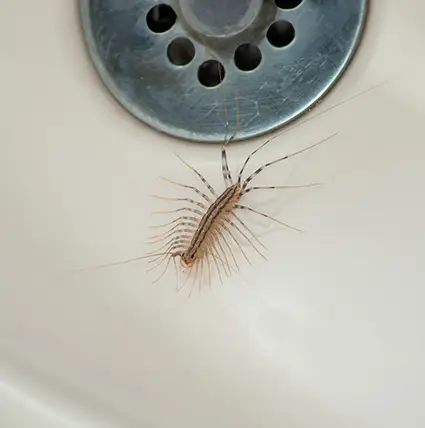If you’ve ever seen a house centipede, you’ve probably never forgotten it. Their long skinny legs and skittering movements make them hard to forget. These are the most commonly found centipedes inside of buildings. Other species of centipede tend to stick to the outdoors, but house centipedes prefer to live alongside humans, taking advantage of the shelter and easy food access.
Centipedes are generally harmless to humans, but their creepy appearance still means that many people want them gone. If you need centipede pest control, you’re in the right place.




